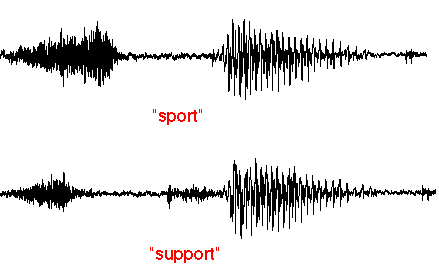

- #Band balance and sonority full
- #Band balance and sonority plus
- #Band balance and sonority professional
Accordingly, it will help people who are preparing for student teaching or internships, or entering the first years of their professional conducting careers. Colson (emer., South Dakota State Univ.) aims this study at those who are inexperienced in applying the basic baton skills they have learned. (There is just not enough time to thoroughly prepare each student for what is a career-long learning experience.) Such topics are at the very heart of Colson's book, which includes clusters of chapters on rehearsal scenarios and processes, teaching strategies, stylistic approaches, and ongoing professional development. Though most textbooks provide beginning basic baton technique, instruction on more advanced topics, such as developing rehearsal strategies and ensemble technical and stylistic capabilities, is often quite limited. Music majors might be given just one semester of technique, and even more extensive music programs face limitations in preparing students to conduct. In music education, few subjects are as challenging to teach as conducting.
#Band balance and sonority plus
Part V: The Conductor In The 21st CenturyĬhapter 16: Conducting and Rehearsing Contemporary MusicĬhapter 17: Conductor Profile and Self-EvaluationĬhapter 18: From Rehearsal Process to Concert PerformanceĪppendix A: Score Study and Program Building with Standard Repertoire Īppendix B: An Outline of Conducting and Rehearsing ProblemsĪppendix C: An Outline of Technical Problems Encountered in the Ensemble Rehearsal ProcessĪppendix D: Instrumental Techniques, Intonation Problems/Solutions and Special Effects for Individual Instruments plus Contemporary Music Special Effects and the Notation BibliographyĪppendix E: Conducting/Rehearsing Videos RecommendedĪppendix F: Student Project Evaluations (Conducting/Rehearsing)Īppendix G: Listening and Score Study Analysis Assignment FormsĪddendum I: Creating a Rehearsal Process (Lab) Environment in the Conducting CurriculumĪddendum II: Possible Class Activities, Discussions, Demonstrations, Projects and Assignments for Advanced Conductors

Part IV: Musical Priorities And Teaching StrategiesĬhapter 13: Phrasing and the Musical LineĬhapter 14: Style and Musical InterpretationĬhapter 15: Dynamics, Nuances and Musical Expression

Part III: Technical Priorities And Teaching StrategiesĬhapter 10: Ensemble Sonority: Tone, Balance, Blend, Color and Texture Part II: The Conductor In The Rehearsal ProcessĬhapter 5: Score Study, Music Imagery and Inner SingingĬhapter 6: Rehearsal Segments and ProceduresĬhapter 7: An Integrated Approach to Rehearsing Emphasizing the expectations of 21 st -century conductors, the challenges of conducting and rehearsing contemporary music, preparing conductor profiles and self-evaluations, and moving from the rehearsal process to concert performanceĬonducting and Rehearsing the Instrumental Music Ensemble is a great resource for teachers and students of conducting, as well as current conductors wishing to further hone their skills.Ĭhapter 1: The Rehearsal Scenario: Infrastructure and ProcessĬhapter 2: Creating the Rehearsal Environment and ClimateĬhapter 3: The Ten Essentials of the Rehearsal Process Scenario.The musical priorities of tempo and ensemble precision, phrasing and the musical line, style and interpretation, dynamics and musical expression.The technical priorities of intonation and tuning, rhythm patterns, ensemble sonority (tone, balance, blend, color and texture), and articulation.

#Band balance and sonority full
Ideal for the advanced instrumental music conductor seeking to look beyond basic conducting technique, this work breaks the multidimensional activity of working with an ensemble, orchestra, or band into its constituent components.Īdvanced students of conducting will find within the full range of conducting activities: Conducting and Rehearsing the Instrumental Music Ensemble is the most comprehensive guide on the rehearsal process for conducting instrumental music ensembles.


 0 kommentar(er)
0 kommentar(er)
